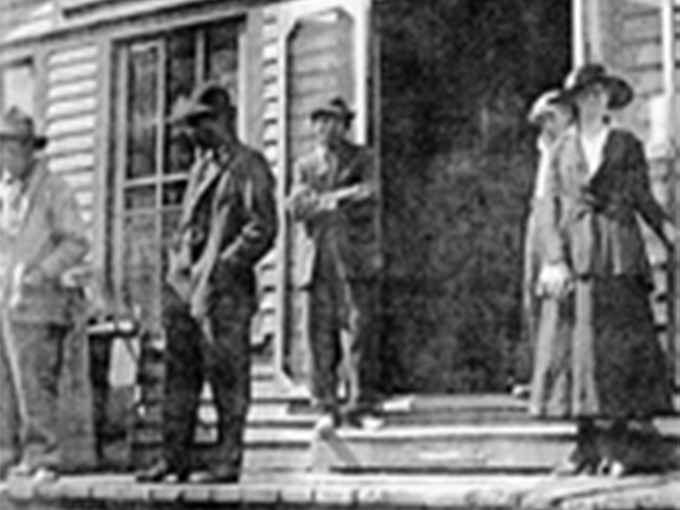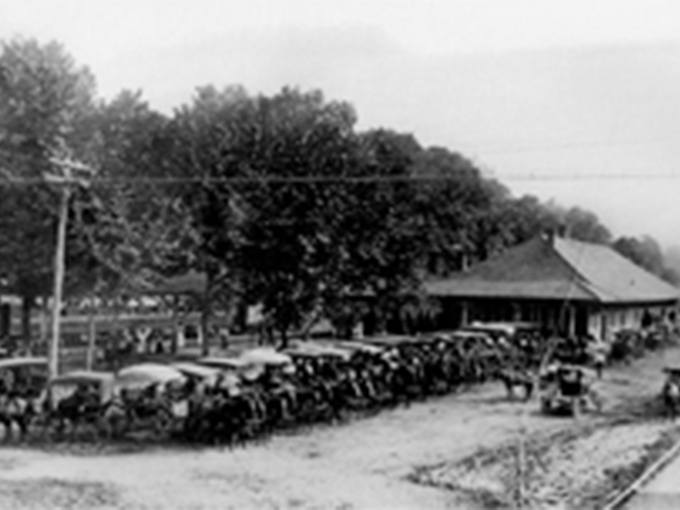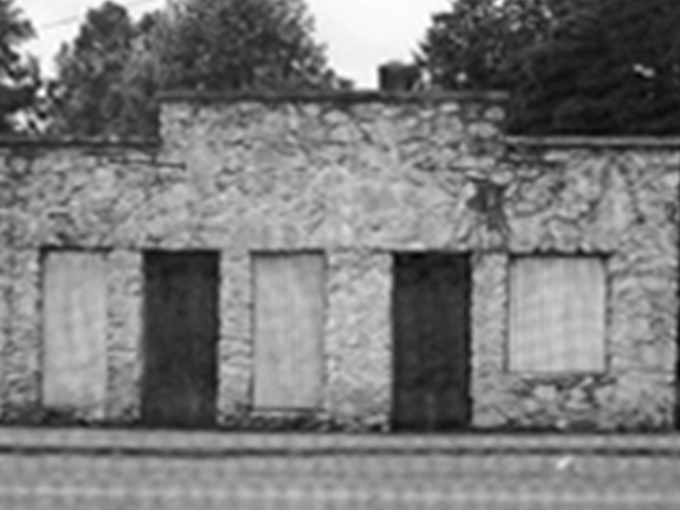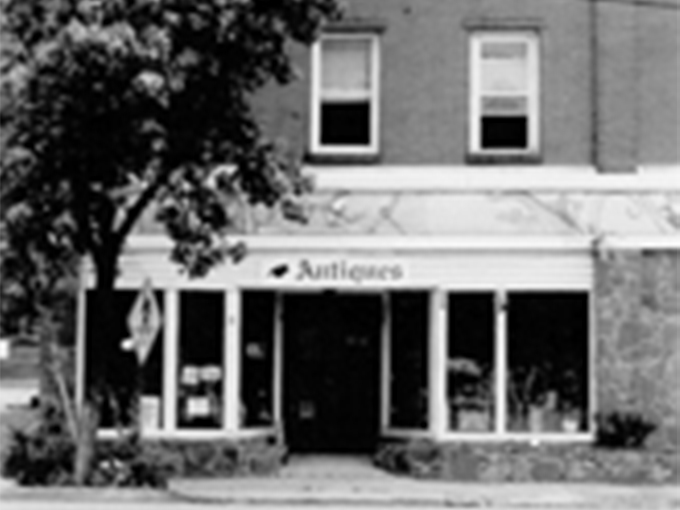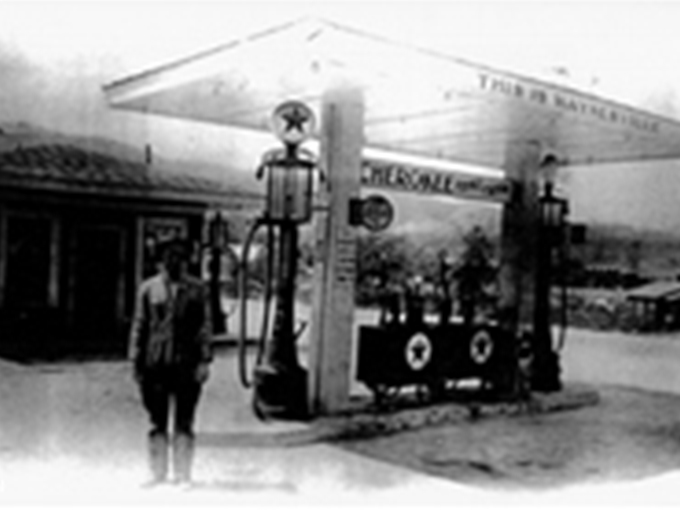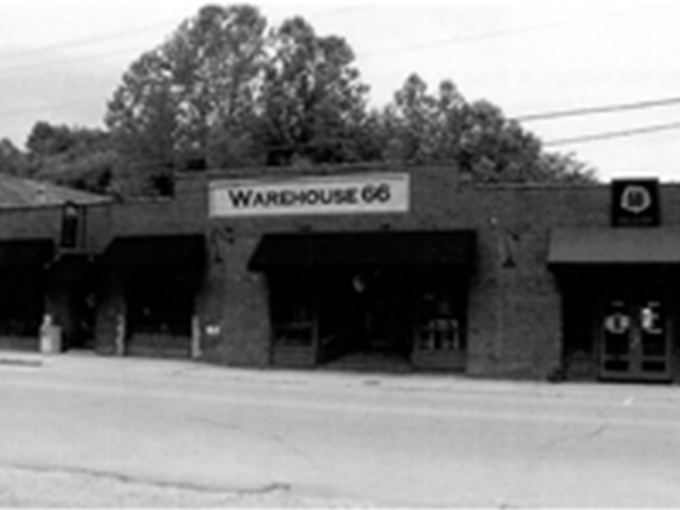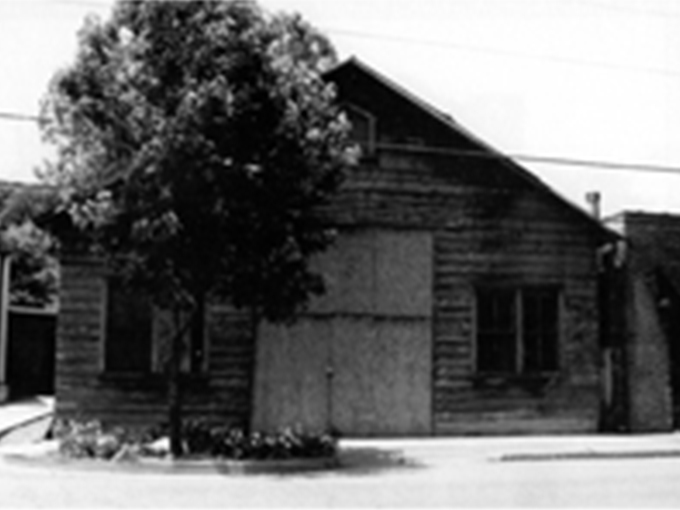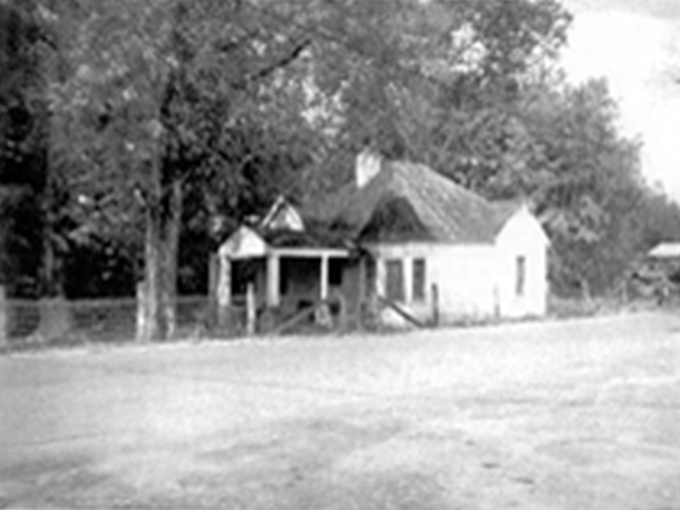Frog Level History
HISTORIC FROG LEVEL
Historic Background of Waynesville
& Frog Level History:
Frog Level Train Depot
Haywood County, formed in 1808, was named for John Haywood, treasurer of North Carolina from 1787 to 1827. The town of Waynesville was established as the county seat of Haywood County in 1809. Founded by Colonel Robert Love, the town was first called Mt. Prospect, then changed to Waynesville in 1810.
The original town plan consisted of thirty half-acre lots along Main Street, with one cross street (now East and Church Streets). The business district of Waynesville was laid out along the northeast-southwest ridge line which formed the center of town.
By 1810, the town center included a courthouse, a jail, and three taverns. The construction of the Buncombe Turnpike in 1828, connecting Tennessee to South Carolina, helped Waynesville’s development to some degree, and a weekly stagecoach service, begun in 1830, between Asheville,NC and Clayton, GA through Waynesville also brought some commercial development into the town.
Nevertheless, by the end of the Civil War, Waynesville was still considered a hamlet, a small village on the stage line. All that was visible on Main Street were scattered houses, a brick courthouse, a hotel, a new jail, and a few lawyers and doctors offices. There were only fifteen families, two general stores, a few houses, and a total population of seventy-five people.
By 1871, the town of Waynesville had incorporated, but the population was still less than 200. J.R. Love, a descendant of the town’s founder, donated land north of the original section of town for development, including lots for a new courthouse.
Like many western North Carolina towns, Waynesville did not see its initial development boom until the railroad arrived in 1884. It was predicted that ” … the greatest benefit would come near the tracks … where stations developed … “. The agricultural, lumber, and tourism industries in Waynesville and Haywood County began to thrive as access to the west was opened up.
Frog Level Depot
283 Depot St.
The area of town located along Richland Creek, northwest and down the hill from Main Street, was where the tracks were laid. Until this time the area had been essentially a swampland, with a few scattered buildings but no major development. Once the depot was built and the train arrived, the area which soon came to be known as Frog Level, was developed, probably on land that also belonged to the Love family. Frog Level was so named by the local community because of its low-lying location along Richland Creek, the “frog level” when the area flooded.
By the 1890s, the railroad in Waynesville had been integrated into the Southern Railway Company system. The first depot burned in 1900, but it was soon replaced with another depot that remained standing until 1987. The second depot, as shown in documentary photographs, was a frame structure with weather board siding, tiled hip roof, decorative brackets, and a covered passenger platform.
Two streets, Railroad Street (now Commerce Street) and Depot Street were laid out. Farmers now had a way to sell their goods in locales further from town, and the agricultural industry changed rapidly from subsistence farming to larger-scale production. The railroad also ushered in a new tourism economy, which thrived in the late nineteenth and early twentieth centuries in Waynesville, as evidenced by the number of hotels located all along Main Street as well as those that were closer to the depot such as the Suyeta Park Inn.
Frog Level and Main Street began to develop, with most of the retail stores, banks, and professional offices being located along Main Street, and most of the warehouses, wholesale businesses, and farm supply stores being located closer to the railroad in Frog Level. Commercial development in Frog Level and Main Street began soon after the railroad arrived, with the organization of the first bank, Bank of Waynesville, in 1887.
By 1890 the population in Waynesville had climbed to 455, with more hotels, boarding houses, and summer visitors arriving in the town each year. At its peak tourism boom, in the late 1910s, seven passenger trains arrived daily at Waynesville, with carriage services available from the livery businesses in Frog Level to carry visitors to their hotel destinations.
By the late 1890s, there were only scattered buildings in Frog Level. There were several buildings constructed ca. 1900-1905, however, including four which are still extant, a bond referendum was passed for public schools and electric lights. The population in Waynesville in 1900 was 1,307, by 1910 was 2,000, by 1930 was 2,414, and by 1940 was 2,940.
The Royal Cafe
237 Depot St.
In 1902 First National Bank was chartered, and later merged with Commercial Bank, using the building built by Commercial Bank in 1906 at the comer of Main and Depot Streets (no longer in existence). The growth of the town, including continuing commercial development of both Main Street and Frog Level in the early years of the twentieth century prompted the installation in 1903 of a $20,000 waterworks. To meet the growing need for electricity, a power plant was built along the Pigeon River in 1905, with another one being built at Waterville in 1928. Main Street was paved with “granitoid bricks” in 1905, with concrete sidewalks built on Main and Depot Streets. From 1899 on more hotels, primarily located along Main Street, new commercial buildings, and many more new houses were built.
By 1908, some of the early businesses in Frog Level located along Richland Creek included the Howell Mill Company (a grist mill) and the Torrence Company (a shuttle block factory). Businesses at this time located along Depot Street included a livery stable, general stores, groceries, and paint stores. A restaurant, a confectionery, a feed storage company, and lumber storage were all located along Commerce (then Railroad) Street. Some of these buildings remain within the historic district, but some were replaced by later buildings. .. more detail information on the buildings.
There were also several dwellings, many of which were located along Richland Creek, including the only remaining house from this time period, which is included in the district boundaries. In contrast to the businesses on Main Street from the same time period, the majority of the Frog Level businesses were related to the railroad with distribution of their products dependent upon rail transportation, or facilities which served to store products arriving by rail. The livery stables housed carriages to transport tourists arriving by rail to their hotel or boarding house destinations. In contrast, the majority of businesses on Main Street of the same time period provided retail, medical, and banking services to the community. Some of these businesses included general stores, barber shops, groceries, furniture stores, photo shops, drug stores, medical and legal offices, and banks. In addition, many of the inns and boarding houses for summer tourists were located up the hill from Frog Level, along Main Street.
By 1913, Frog Level had developed even further, with more commercial buildings constructed along Depot Street. Of a total of nine buildings located along the north side of Depot Street by this time, only two remain. The others were replaced from the early 1920s to the mid-1930s with newer buildings. Additional businesses by this time included a furniture store and barber shop, a boarding house, and another restaurant. It is interesting to note that a publication from 1916, “The 1916 Pictorial Story of Haywood County” stated that Frog Level businesses were located in “downtown” while Main Street businesses were located “uptown”. This was probably due to the fact that even though the development of the two areas happened concurrently, they were considered as separate entities with different types of businesses.
66 Commerce St.
80 Commerce St.
During the 1920s business in Waynesville continued to grow, and tourism, furniture manufacturing, and agriculture, all begun in the late nineteenth century, continued to be three of the thriving industries in the county. Most of the buildings in Frog Level were constructed in the late 1910s to mid-1920s, including several which are part of the historic district and are representative of the continued commercial development of the town of Waynesville.
Businesses in Frog Level included the Waynesville Mill (former Howell Mill, located along Richland Creek, no longer in existence); wholesale groceries, animal feed storage, and retail stores located along Commerce (Railroad) Street. Also general stores, retail stores, auto repair shops and car dealers, and a livery stable were located along Depot Street. As noted above, many of the buildings on the north side of Depot Street were not built until after this time, but most of those in the district along the south side of Depot Street and along Commerce (Railroad) Street still exist.
By 1931, most of the standing buildings in the district had been constructed, with the only later buildings being the Commercial Building at 270 Depot Street (ca. 1935); the R. L. Lee and Company coal storage (ca. 1935) and the North Carolina National Guard Armory (1936).
As in other western North Carolina towns, however, the boom time in Waynesville ended around the time of the Depression, and only recently has new construction from the last twenty years been built in and around the central business core of the town and around Frog Level. Most of the county supported Roosevelt’s New Deal programs for economic recovery. The population in Waynesville by 1930 was 2,414.
The Waynesville Country Club was built in 1930, and Waynesville was one of four school districts in the county. In the middle 1930s, work began on the Great Smoky Mountains National Park, adding once again to the tourism industry which has prospered in Haywood County since the 1890s. The Blue Ridge Parkway construction began in 1934, and the Appalachian Trail was completed in 193 7, both crossing northern Haywood County and bringing tourists to the area. In 1934, the Waynesville phone exchange had 631 telephones listed. The Park Theater was built on Main Street.
The Frog Level area of town also began to see a return to economic prosperity and growth in commerce by the late 1930s, and in 1936, the National Guard Armory on Boundary Street was built under the Federal Works Progress Administration (WPA) and Civilian Conservation Corps (CCC) programs. The Farmer’s Federation came to Waynesville in the mid-1930s, locating in a building in Frog Level. The Farmer’s Federation, a national organization, had as its goal to represent agricultural interests and serve farmers in local communities. The organization also served as a resource, civic, and service club for farming families, with the goal that working as a group was more effective for farmers than working alone in agricultural production. The local Farmer’s Federation in Frog Level provided a service to the community through its freezer locker operations.
19 Water St.
19 Water St.
In addition to the Armory and the Farmer’s Federation, the county added another school district, each with one high school. A new football stadium was built at Waynesville’s high school, and a new junior high school was completed. Many public works projects were built, including schools and post offices. By 1940, Waynesville’s population had continued to grow, with a total population of 2,940. Great Smoky Mountains National Park was dedicated by Roosevelt in 1940, and St. John’s Catholic Church on Church Street, just west of downtown, was completed in 1941. Wall Street, first known as “Back Access”, opened along the rear of buildings on the east side of Main Street. In 1944, the Waynesville Public Library joined with other community libraries, and became the Haywood County Library. Due to the growing use of the automobile, in 1947 Waynesville installed parking meters downtown. Also in 1947, the Strand Theater opened on Main Street.
